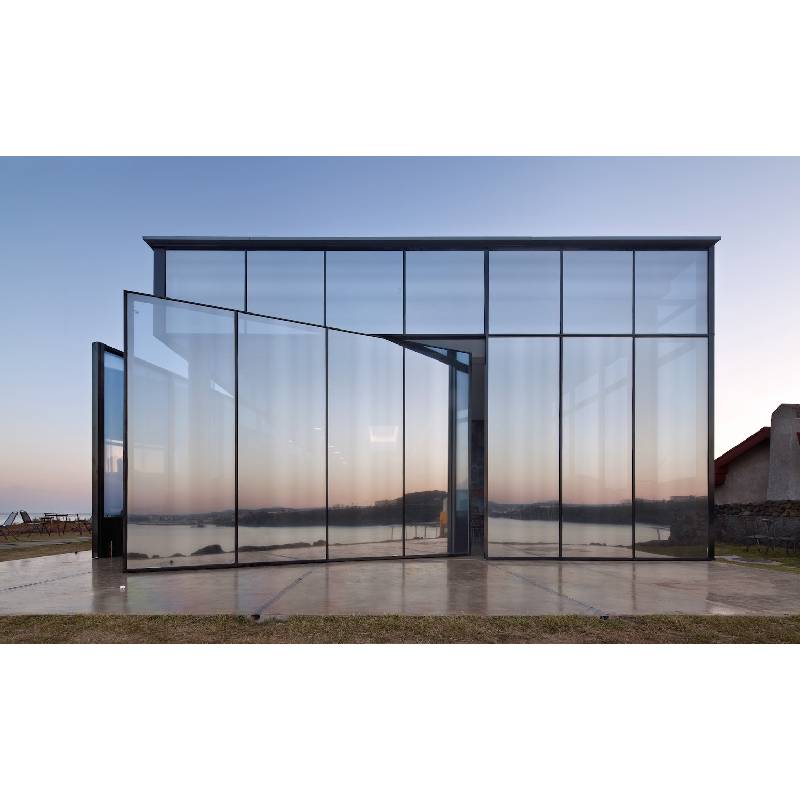

Tempered glass, also known as toughened glass, is a type of safety glass that has been processed through controlled thermal or chemical treatments to increase its strength compared to standard glass. The production process of tempered glass is crucial, as it determines the glass's durability and safety features.
The tempered glass manufacturing process begins with the selection of raw materials, typically silica sand, soda ash, and limestone. These materials are melted together in a furnace at extremely high temperatures, usually around 1,400 to 1,600 degrees Celsius. Upon reaching a molten state, the glass is formed into sheets through various methods, including floating on molten tin or rolling.
Once the glass sheets are produced, the tempering process begins. This involves heating the glass to even higher temperatures, typically between 620 and 680 degrees Celsius. This phase is crucial, as it sets the stage for the molecular changes that will occur. The glass is then rapidly cooled using a process known as quenching, where air jets are used to cool the surface of the glass quickly. This rapid cooling creates a surface layer that is under compression, while the interior of the glass cools more slowly and remains under tension. This unique combination of forces is what makes tempered glass significantly stronger than its non-tempered counterparts.

The strength of tempered glass is not the only advantage. One of its most important safety features is that when it does break, it shatters into small, blunt pieces rather than sharp shards, reducing the risk of injury. This safety characteristic makes tempered glass an ideal choice for various applications including shower doors, glass doors and tables, facades, and even car windows.
The benefits of tempered glass extend beyond safety and strength. It also offers enhanced resistance to thermal stress, making it suitable for environments where temperature fluctuations are common, such as in kitchens or in the automotive industry. Additionally, tempered glass can be coated or tinted to provide various aesthetic effects or to improve energy efficiency.
In conclusion, the tempered glass process is a complex yet fascinating journey that transforms raw materials into a versatile and strong product
. Its unique properties make it an essential choice in many industries, combining safety, durability, and design flexibility to meet modern architectural and engineering demands.